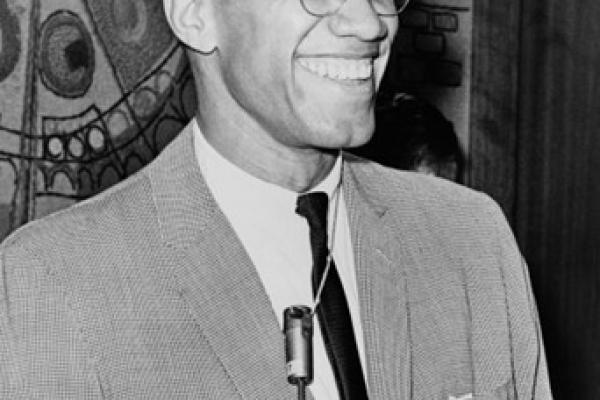Advanced Search
When they sought admission to American Bandstand, black students at West Philadelphia High School, a building located only five blocks from WFIL and Studio B, were rebuffed.

At 4548 Market St., WFIL stood next to the Arena, a major entertainment venue that featured professional sports, ice shows, and rodeos, among other big events. It is not clear how WFIL benefitted from the Arena. This map also shows the proximity of WFIL to one of Studio B’sprimary feeders, West Catholic Girls’ High School.
This land use map shows the location of Mantua Hall in the 3500 block of Fairmount Ave.
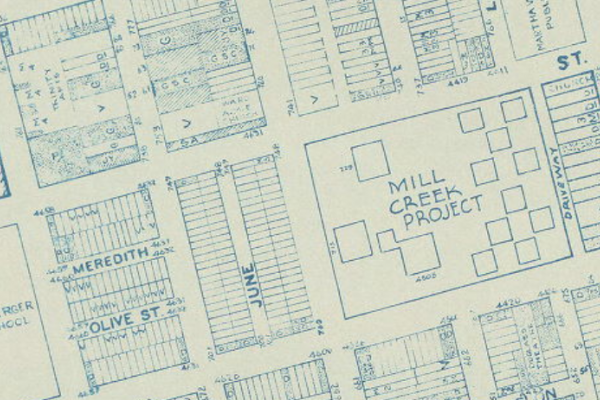
Philadelphia 1962 Land Use Map, showing site of Mill Creek Homes, here designated as a “project.” This designation would distinguish it from West Mill Creek Urban Renewal Area, a Philadelphia Redevelopment Authority initiative launched in 1964 for housing conservation and recreation west and northwest of Mill Creek project.

Dr. Martin Luther King Jr. delivering his "I Have a Dream" speech during the “March on Washington” in Washington, D.C., 28 August 1963. Recent research shows an evolving convergence of King’s and Malcolm X’s views in the 1960s, belying simplistic media stereotypes that cast the two as opposed to one another.

Paul Robeson and W.E.B. Du Bois were toasted by Nikita Khrushchev, First Secretary of the Communist Party of the Soviet Union, at a 1958 New Year’s Eve gala they attended in the Kremlin. Robeson’s public support for the Soviet Union was unwavering.
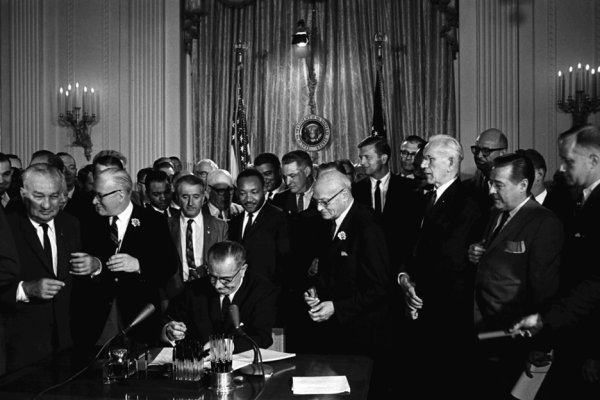
President Lyndon B. Johnson signs the 1964 Civil Rights Act with Martin Luther King Jr. standing behind him. This pathbreaking legislation outlawed racial segregation in places of public accommodation, which included, among other venues, amusement parks like Atlanta’s Fun Town, the target of King’s wrath in his 1963 “Letter from Birmingham Jail.”
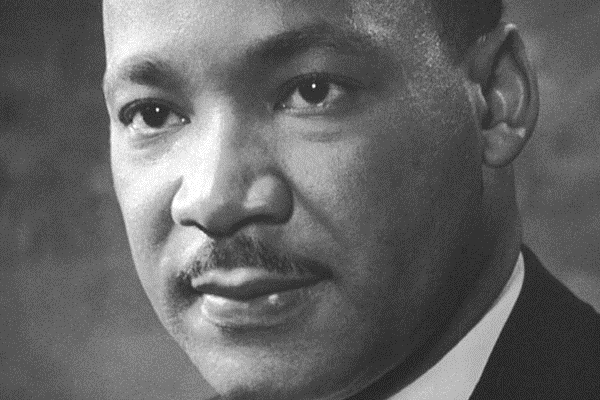
Dr. Martin Luther King Jr., an indefatigable Baptist minister of undaunted courage and a scion of Atlanta’s Ebenezer Baptist Church, famously led numerous boycotts, demonstrations, and marches against Jim Crow from 1955–1968. His staunch advocacy for non-violent direct-action protest was the only point of significant disagreement between himself and Malcolm X. King was awarded the Nobel Peace Prize in 1964.
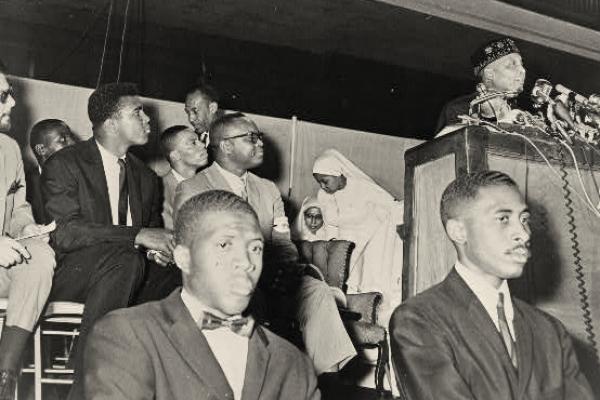
In 1964, Cassius Clay (middle row, second from right) broke with Malcolm X to bond with Elijah Muhammad (at podium) and the Nation of Islam (NOI). Elijah gave Clay the name Muhammad Ali. Following his meteoric rise as the world heavweight boxing champion, Ali was lionized by the antiwar generation for his refusal to be inducted into the U.S. military, at the cost of his boxing title. For millions of Muslims worldwide, Ali was the face of resistance to American imperialism. Over the next several decades, Ali’s beliefs evolved from the NOI to orthodox Islam.
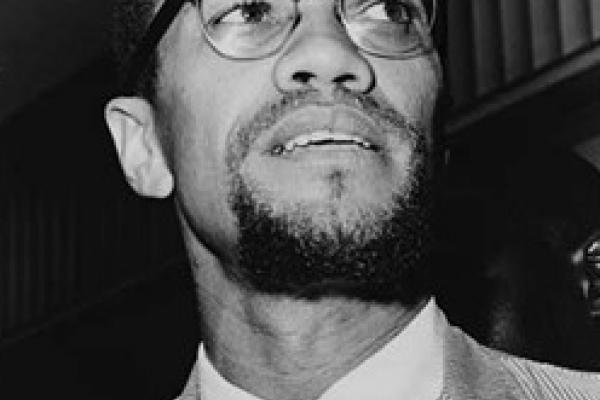
This photo was taken after Malcolm X’s pilgrimage to Mecca in 1964. His moustache and goatee signified his break with Elijah Muhammad and the Nation of Islam. In January 1965 Paul Robeson Jr. mediated what would have been the first meeting between Paul Sr. & Malcolm X. The Robeson–Malcolm exchange never happened, as Malcolm was assassinated a month later in Harlem.
